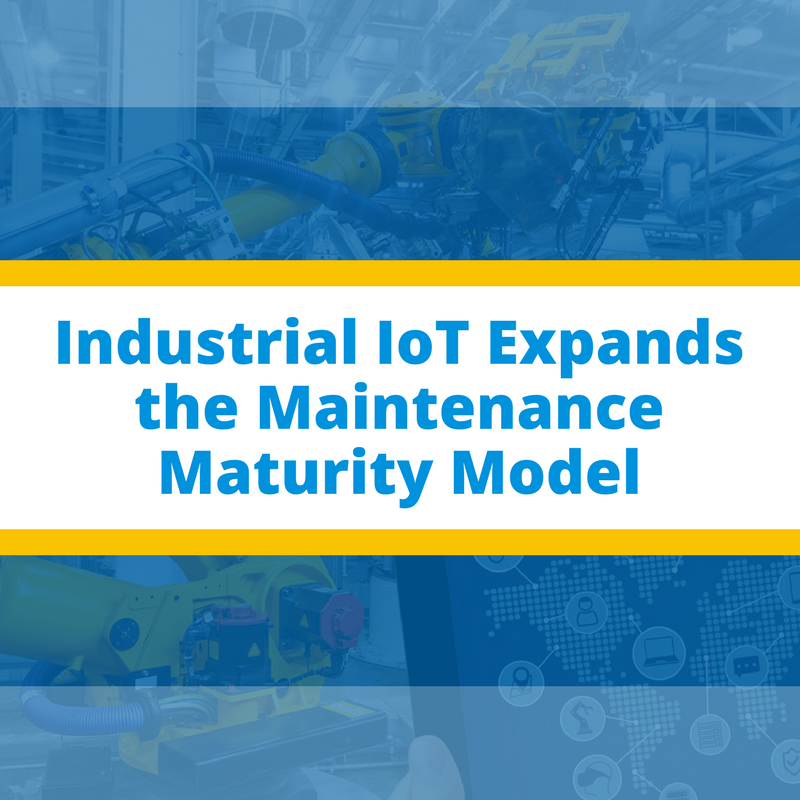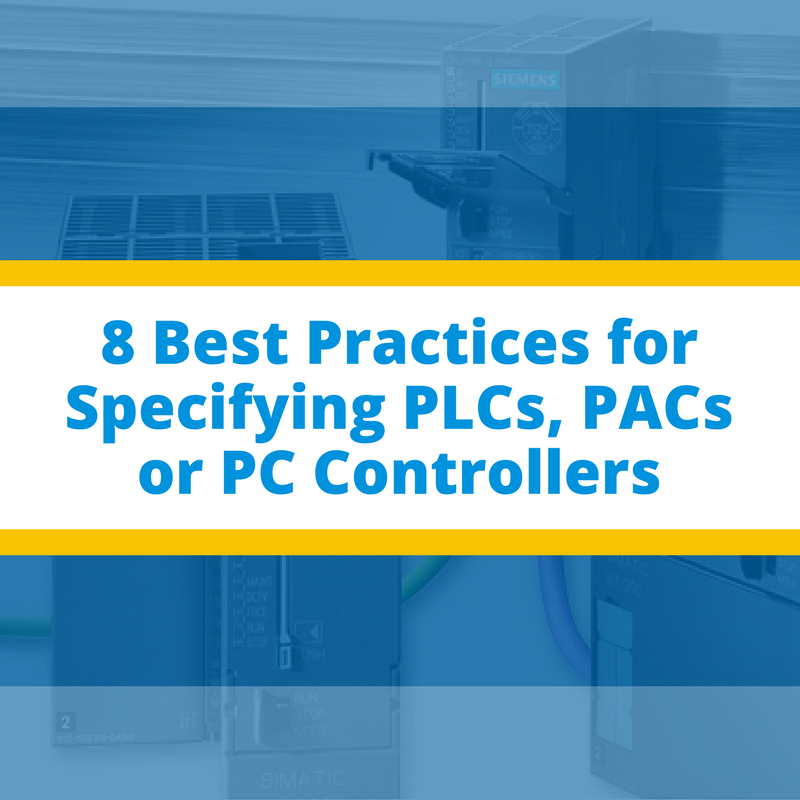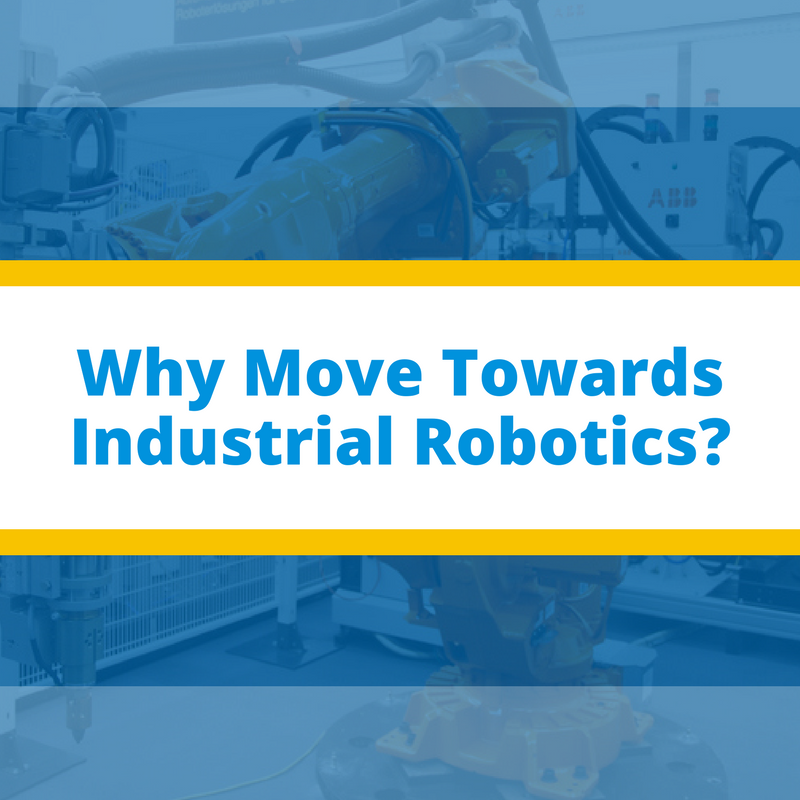The ultimate goal of Internet of Things based technologies & equipment is to phase-out manual processes and replace them with efficient, automated ones. With the introduction of IoT to industrial environments, new automated systems are emerging that are able to take care of all processes involved with asset management, right from collecting data to carrying out inspections through in-depth analysis.
Industrial IoT Expands the Maintenance Maturity Model
8 Best Practices for Specifying PLCs, PACs or PC Controllers
Whether it’s a PLC, a PAC or a PC, a controller is a fundamental piece of hardware required for an automated system to function. Controllers have been around for decades, and have faced great technological automation. Specifying controllers for a particular application has gained increased amount of complexity due to the many options available. Quality, cost, ease of use, functionality, etc. are just some of the factors that have to be taken into account before specifying a PLC.
Be True to the Requirements
Every project has its own specific requirements. When working with a controller, it’s important to know its functionalities and limitations. There’s nothing worse than selecting a particular device and then uncovering its pitfalls halfway in the project. Before you commit to a controller, its best to bench test the process.
While robots do bring numerous benefits in terms of efficiency, safety and reliability for an industry, at the same time they tend to overwhelm workers with the notion that their jobs are going to be replaced. The reaction is quite common, especially in small to medium sized firms for whom automation is more of a necessity to stay competitive.





